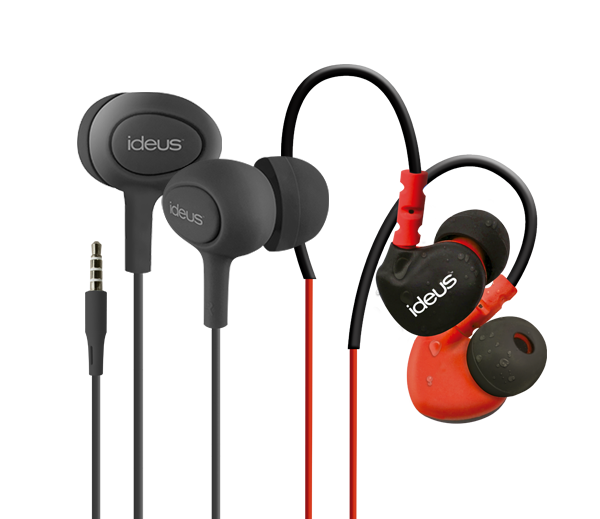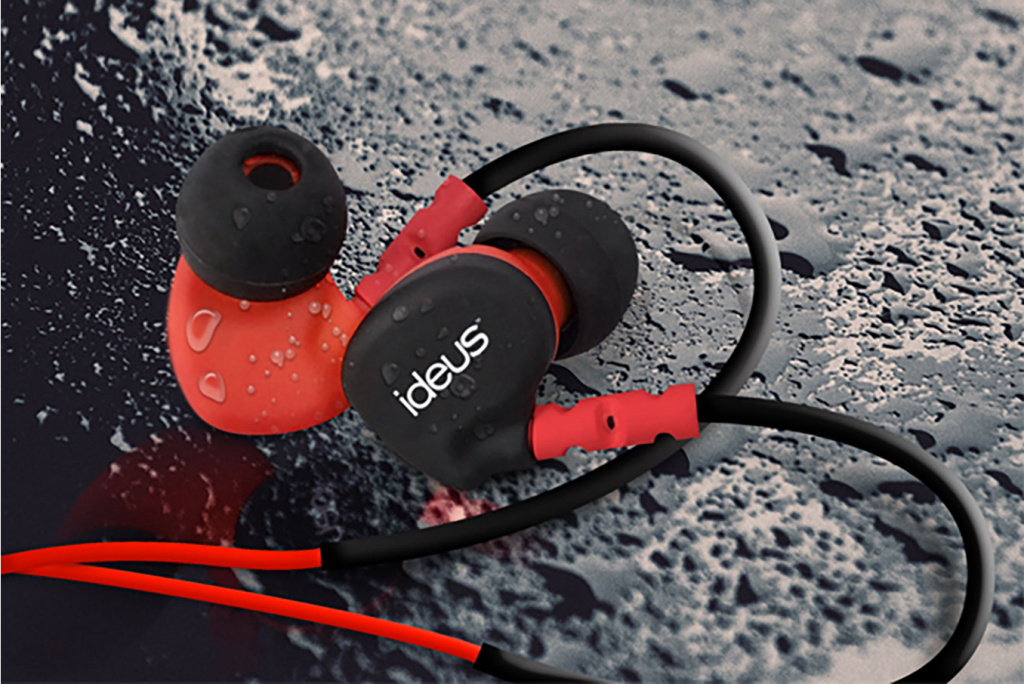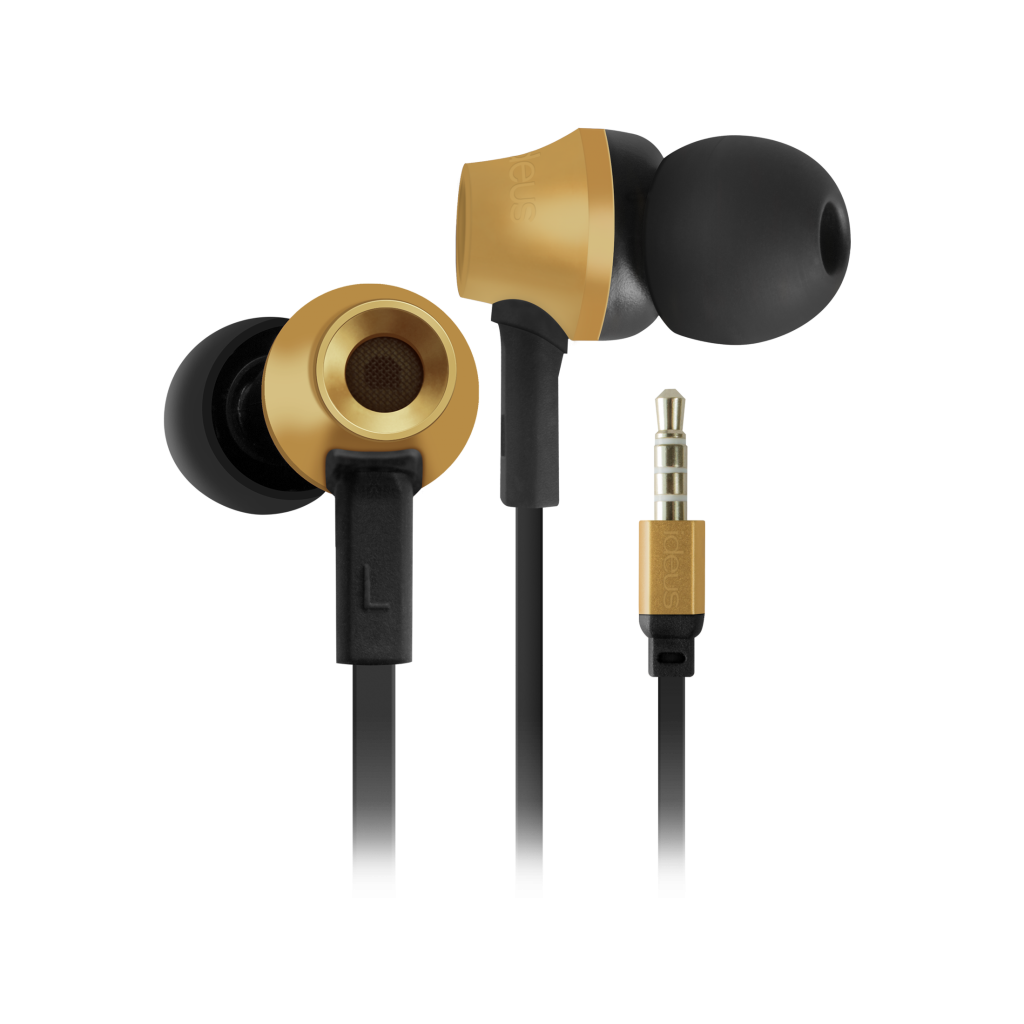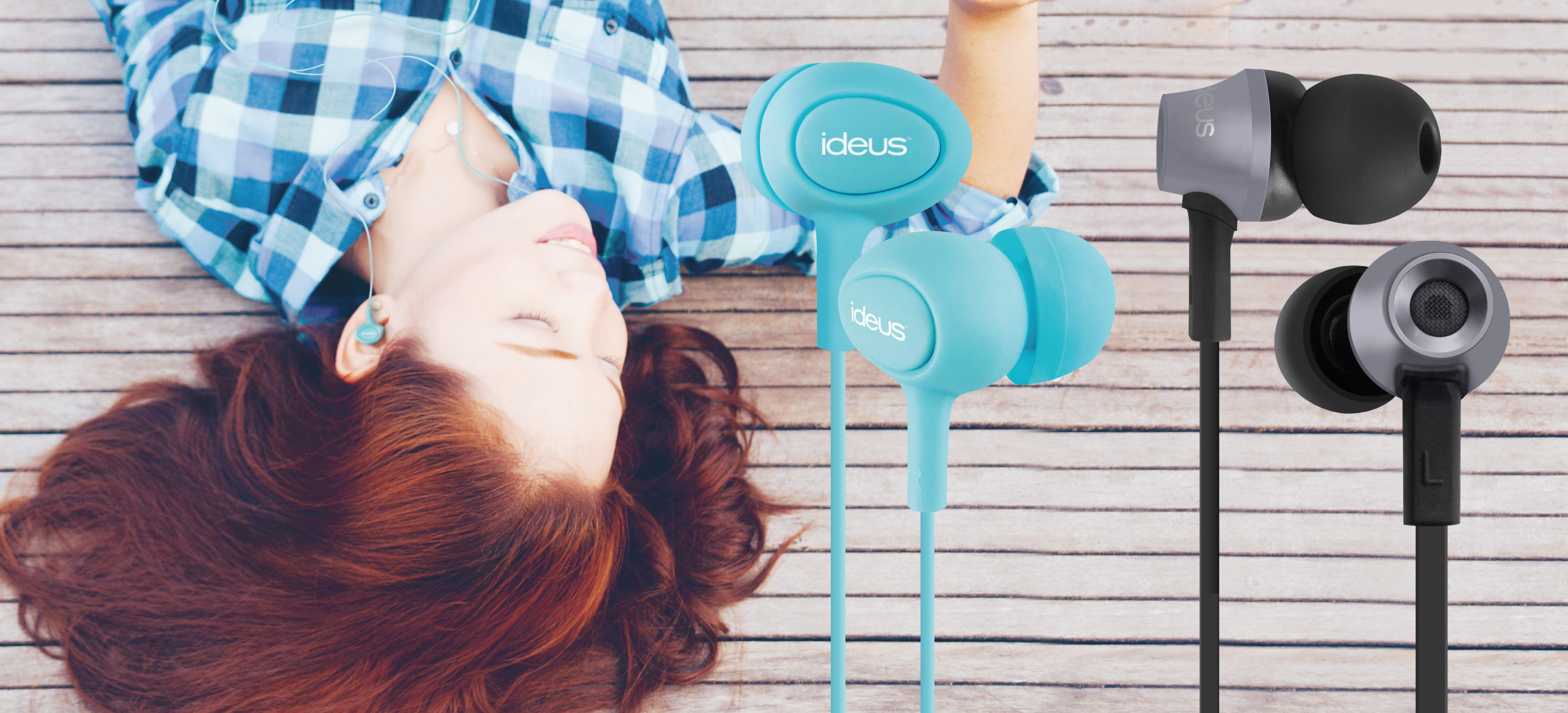Features of the in-ear headsets
What do you look for when purchasing in-ear headsets for your mobile phone? We analyse the technical features of this type of headset to help you assess what each model can offer you and choose the right headset for what you need.
1. Difference between in-ear headsets and earbuds
Intraural or in-ear headset
This type of headset is inserted directly into the ear canal, creating a barrier that blocks the entrance of noise to allow you to enjoy your music to the full, and you can hear all the frequencies without problem. Given their size, in-ear headsets are highly suited to listening to music from your MP3 or mobile phone.
Earbuds
This type of headset is also placed in the ear, but does not enter the ear canal. This means that it does not isolate noise as well as the in-ear headsets and does not reproduce the low-end bass frequencies (in particular) as well.
2. Think about how you are going to use your headset
In the gym, travelling or out for a walk, sometimes you just want something compact and lightweight. However, depending on the intended use, you should think about other aspects.
If you are going to use it while you are doing sport perhaps you will need a sweat-proof headset. Look closely at the IP rating, an international standard for measuring the levels of resistance of a device to dust and water. Not all sports headsets on the market have IPX, so make sure to check this. Ideus offers a range of sports headsets certified in accordance with these standards. The available models can be seen here. (link)
If you use the headset for talking on the phone, you will need a microphone to use it as a hands free device. Look for an appliance able to make and receive calls while you are listening to music.
Once you know more or less the type of headset you want, then it is time to check out the technical specifications. You should look at aspects such as impedance (measured in ohms), sensitivity (given in dB/mW) and the frequency range (expressed in Hz).
3. Impedance
Impedance measures the resistance presented by the headset to the passage of the audio signal: headsets with low impedance will therefore tend to sound louder. The most normal impedances in this type of headset are 16, 24 or 32 ohms.
What you connect the headset to is important.
If you buy a headset with high impedance to use with your mobile phone, the sound will probably be quite low because it requires a power that this type of device is not capable of producing. So, our advice is if you are going to use the headset with your mp3 or mobile phone, do not go for a very high impedance.
4. Frequency range
This indicates at what frequency the headset starts to produce sound and at what frequency it stops. This is given by the minimum and maximum frequency. For example, from 25 Hz (lowest frequency) up to 20 KHz (highest frequency). You should note here that the human ear can hear from approximately 20 Hz to 22 Khz. The wider the frequency range, the better the sound.
5. Frequency response:
This indicates how the headset performs at the different frequencies it is able to produce. What this means is that it is perfect for identifying whether a product will have more or less bass, middle or treble.
6. Sensitivity:
This parameter shows you how the headset responds to an input signal, that is, how many decibels of sound pressure it will emit for each milliwatt of input power. It is measured in dB/mW. The most important thing is that, the higher the sensitivity, the higher the volume of sound obtained for the same input. The most usual values are around 112 db/mW. Watch out, because the human ear may be irreversibly damaged if it is subjected to many decibels over a certain period of time.
Other features which add value to headsets:
7. Active noise cancellation
Have you every asked yourself how headsets manage to cancel out external noise? Models with active cancellation usually have a microphone which picks up ambient noise. The noise is processed and the same signal is generated but 180º out of phase. So when it is reproduced at the same time as the original signal, there is destructive interference and the external noise is cancelled out.
However, it is never possible to cancel 100% of the noise and the device works better with lower frequencies than with higher ones. Our tip: if you are going to use your headset while riding a bike or out for a run, it is best not to choose noise cancellation, as it could be dangerous.
8. Bass Reflex Technology
In many headset models, the weakest point is found in the response offered at the lowest frequencies, the bass. The Bass Reflex technology improves the bass sounds by expelling air to the exterior, increasing the efficiency of the system at low frequencies.
If the headset has this technology, the bass response will be improved and a high quality bass sound will be produced on a par with power. If you are looking for a headset with “Bass Reflex”, check out the PHF800 model.
Conclusions
A small guide to help you understand the decisive points when deciding between one headset or another is never a bad idea. Think about where you are going to use it and to what devices you are going to connect it. Check that the impedance is suitable for the product you are going to use it with. And watch out for the decibels, remember, they may cause irreversible damage. Now, it’s your turn, tell us what you look for when purchasing a headset. Or tell us which is your favourite model.






